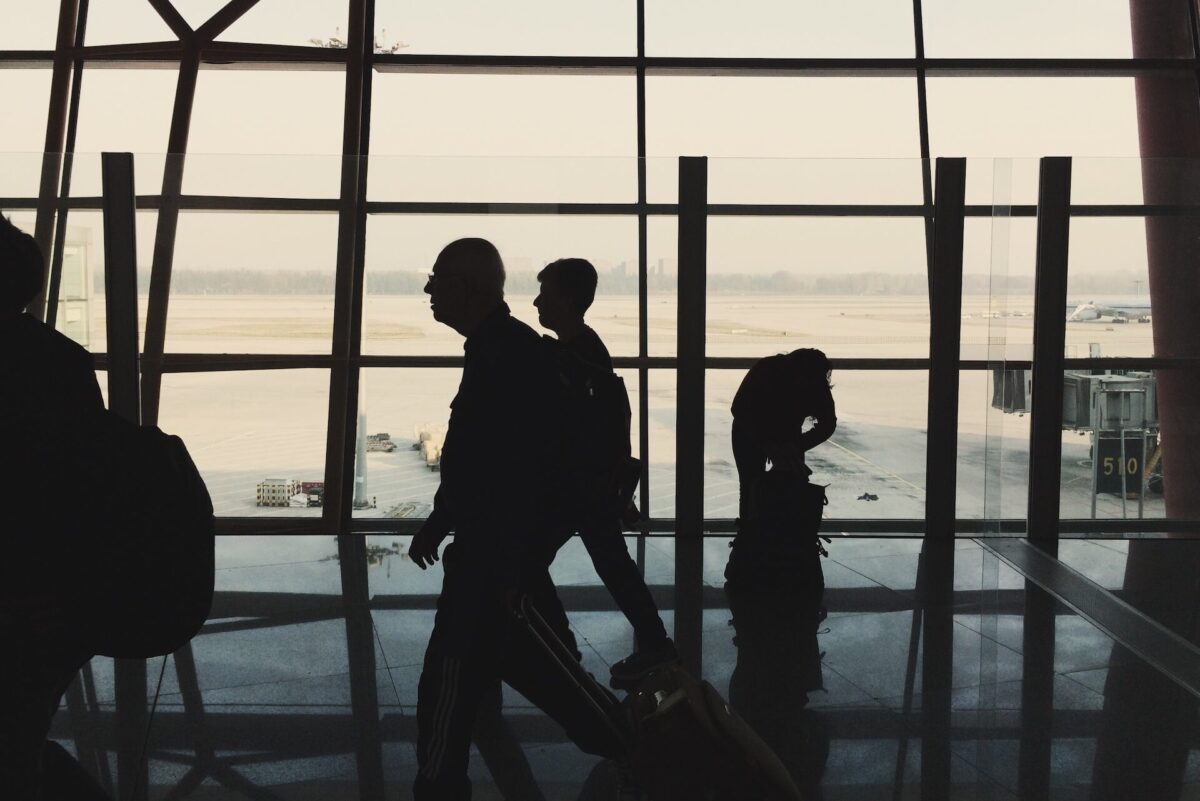Contiki's Western Europe Tours Are Popular But Eastern Europe Is on the Rise

Skift Take
Contiki, a 55-year-old tour operator, is seeing new interest in regions such as Eastern Europe and continued strong demand in Western Europe.
That's the assessment of Casper Urhammer, the company's CEO. The tour operator led 2,500 departures for 18 to 35-year-old travelers in 2016 in Europe, Latin America, Asia, Australia and the U.S.
Urhammer argues that terrorism has not caused its European business to suffer during the past two years.
And, Melissa da Silva, Contiki's president, thinks bragging rights may be part of the reason that younger travelers are looking more keenly at Eastern Europe.
Social media, perhaps more than terrorism, also increasingly influences where millennials travel. "And I think that's why Eastern Europe is probably more up and coming because everybody's done Paris, right?" said da Silva. "I think they're looking at going to these new places, obviously they're not new, but they want to go where their friends maybe haven't been and showing them just how adventurous and exotic they are."
In particular, Balkan countries, the Adriatic region and Iceland have seen a surge in tour bookings for Contiki during the past year.
Millennial travelers are incredibly resilient and some have saved for many years to take a trip, said Urhammer. "Nothing's going to change that," he said. "So, I think millennials understand that the world is an interesting place and the world as a whole, not just as a certain part, faces the same challenges."
Travelers have recently been inundated with headlines about terrorist attacks across Europe that have, in multiple cases, targeted popular tourist areas. But the way travelers perceive safety comes down to the individual and how they follow and absorb the news, said Urhammer.
Plenty of things cause people not to travel, but -- at least long term -- the memory of isolated terrorism incidents seems to fade. "I think people are mindful of what has happened in recent years but also understand that the world is what it is and we move on and Europe is still fantastic," he said.
Anaheim, California-based Contiki has always had some demand for Eastern Europe but not as acute as in the past year, said Urhammer. "We've consistently had trips going through Eastern Europe and the Adriatic but dedicated trips to the extent that we have now with the new itineraries to Croatia, for example, that's based on new demand," he said.
Although Australia is Contiki's top source market, the company is paying close attention to U.S. travelers -- who have a stronger dollar to use to their advantage -- and their demand for Europe.
Some 85 percent of Contiki's U.S. customers are traveling abroad for the first time, said da Silva. Western European destinations are usually top choices for first-time trips, she said, and travelers go further afield to Eastern Europe, for example, on subsequent tours.
About 70 percent of Contiki's customers are ages 18 to 24. "Our travelers are going to see what it is that they like and then when they come back with us a second time or a third time, that's generally when they're going to do the more in-depth experiences and they're going to visit just one region or one country or maybe do something a little bit more off the beaten path from Europe so to speak," she said.
Contiki has also seen a big influx in Ireland, Great Britain, Spain and Portugal. "We're looking all the time at adding capacity in those regions," she said.
Terrorism's Impact?
The Travel Corporation, which owns Contiki, is also doing "very, very well in Europe" despite terrorism, said Urhammer. In fact, Europe remains the top region for many of The Travel Corporation's 24 brands.
The Travel Corporation's brands also include Trafalgar Tours, Uniworld and Evan Evans Tours, for example. "And the age demographic there is twice or three times that of ours depending on which brand we look at and there are more pieces than ever in Europe," said Urhammer.
But the logistics of European tours have become more stressful. "We work with hotels and restaurants and it's never been harder," said Urhammer. "Hotel rooms are sparse, restaurants are busy and it's as challenging as it ever was which is why people need someone like us because we can figure out how to organize that. But I'll tell you, the demand is there."
The European Travel Commission's first quarter data show international tourist arrivals to countries such as Iceland, Malta, Bulgaria and Estonia grew by 54, 23, 19 and 13 percent, respectively, year-over-year for January through March.
The organization projects Central and Eastern Europe's international arrivals will grow 5.1 percent this year compared to 2.2 percent growth for Western Europe. Albeit, Western Europe will still welcome more travelers than other regions and its slower growth is likely, in part, because it's been the world's top destination for decades.
The European summer travel season, now under way, will be more telling for what travel brands can expect for longer term trends once data is available later this year.




